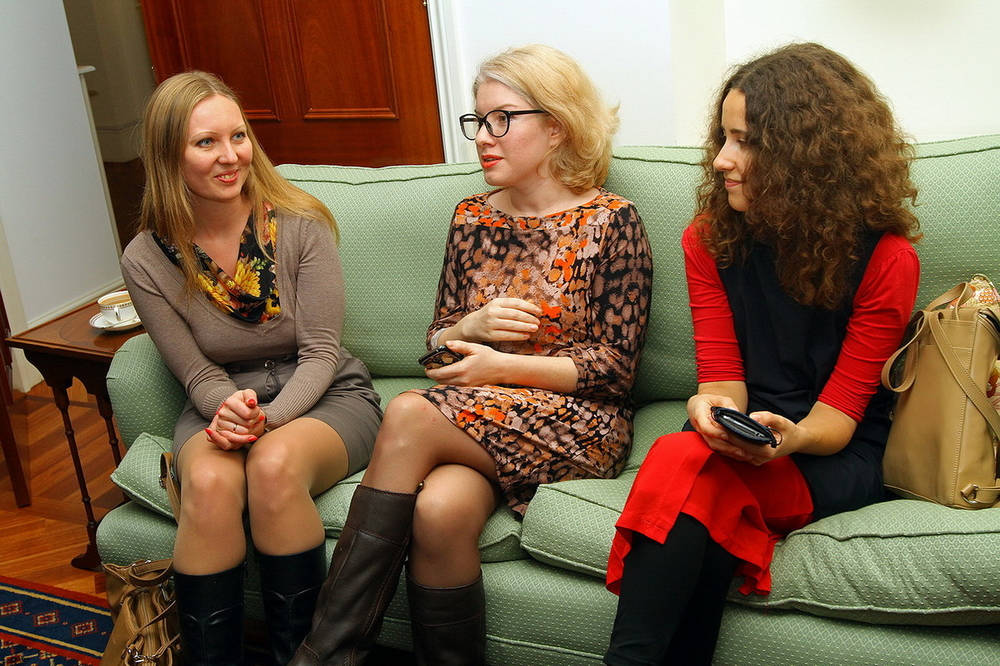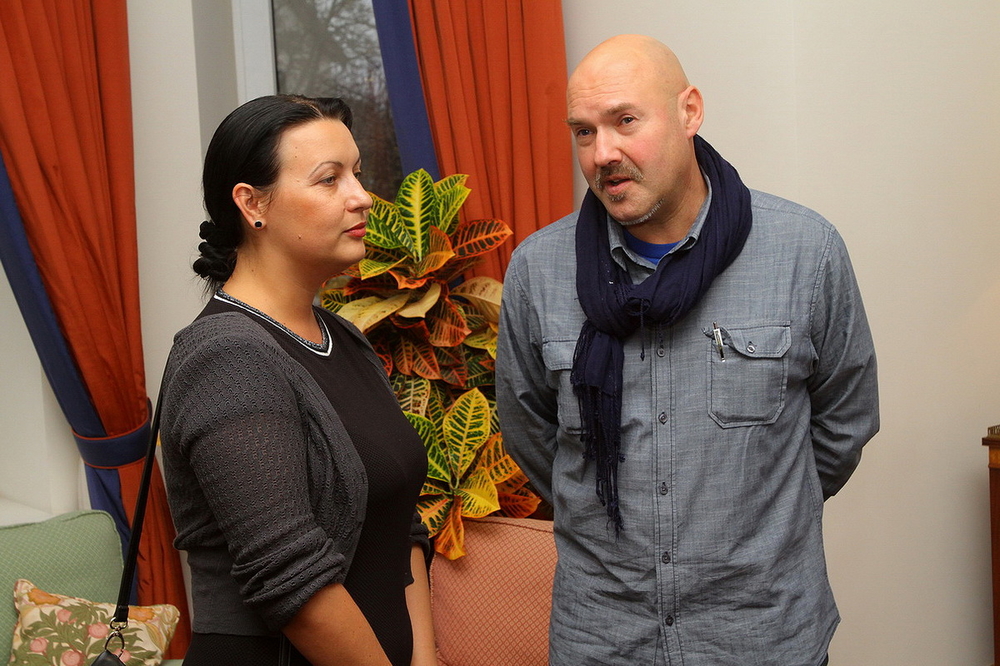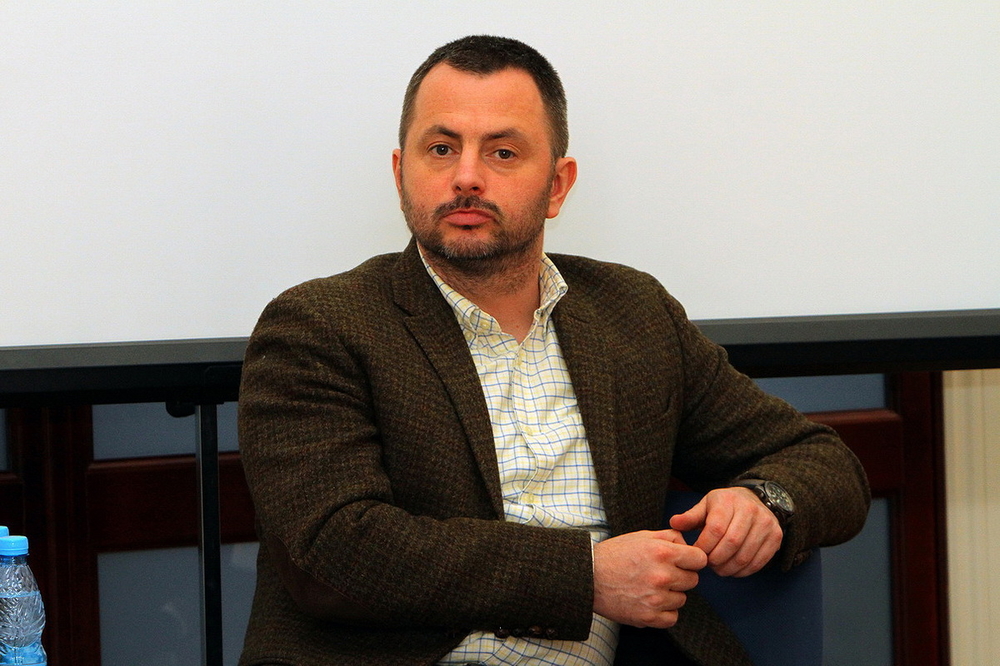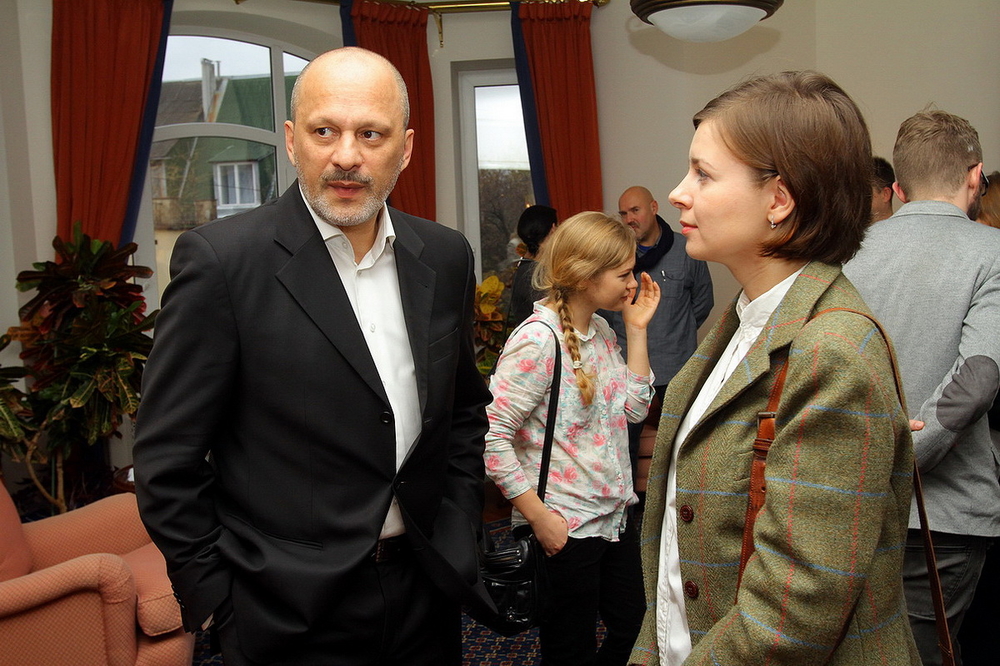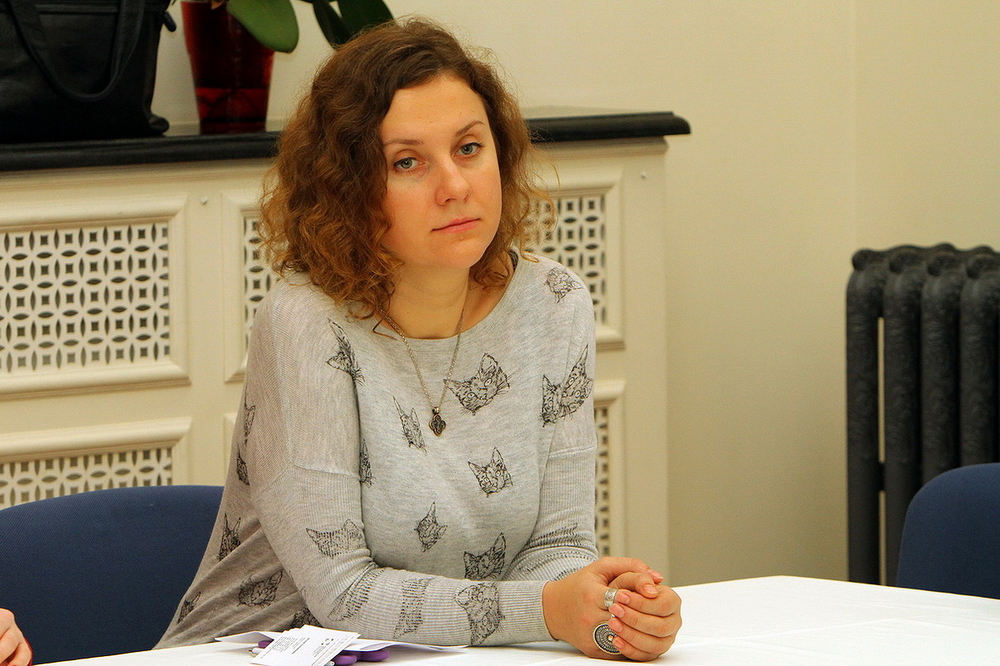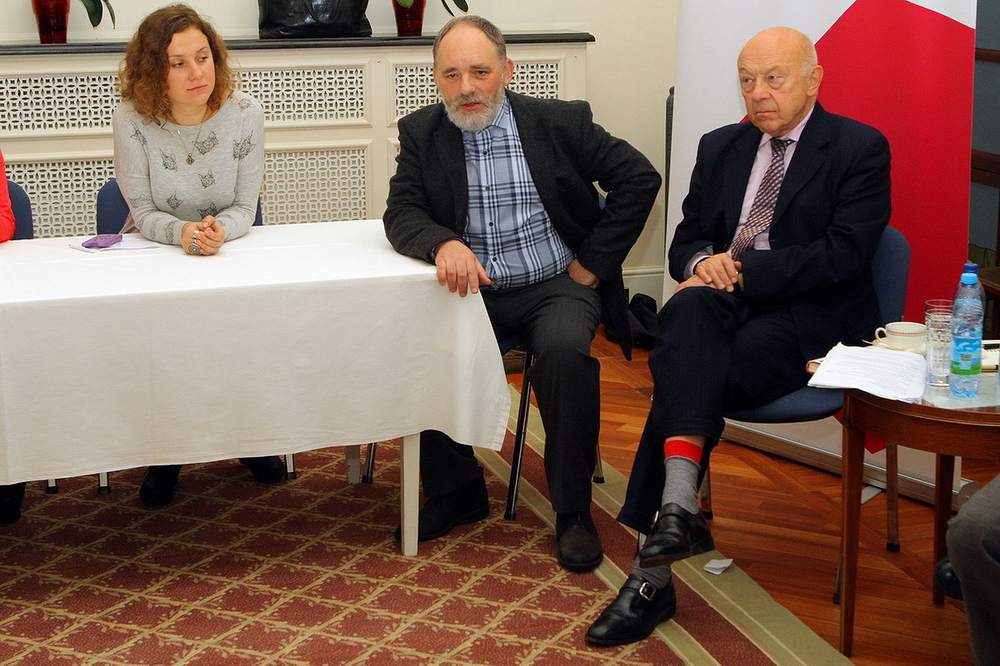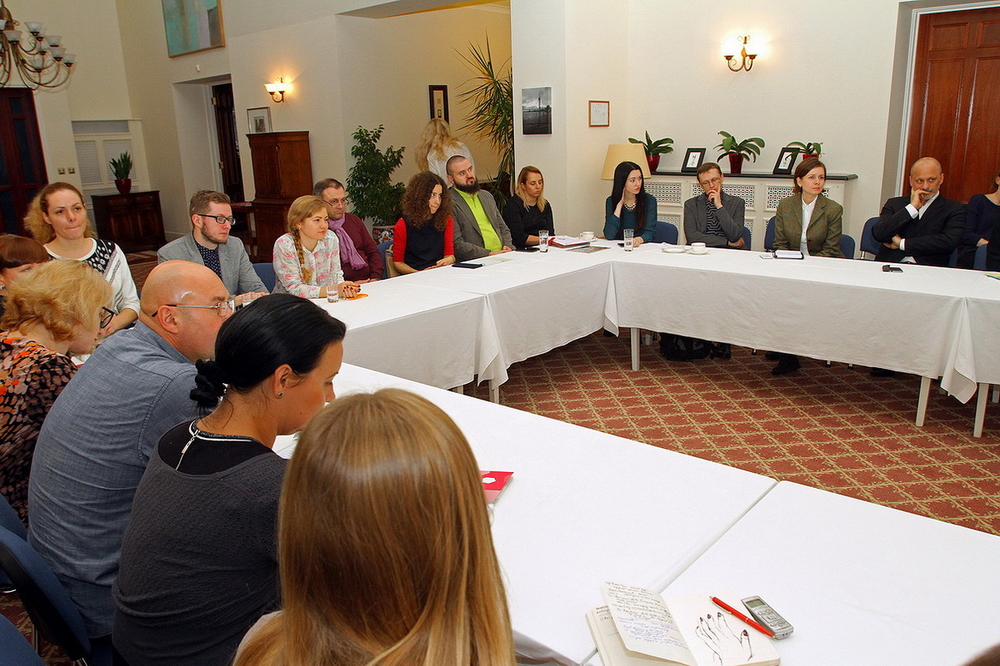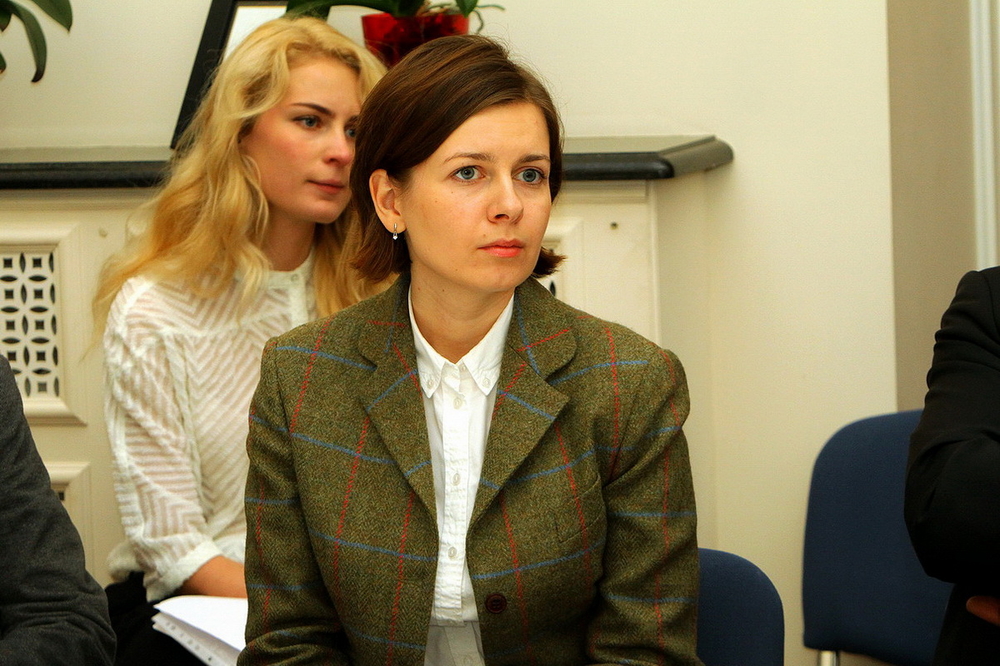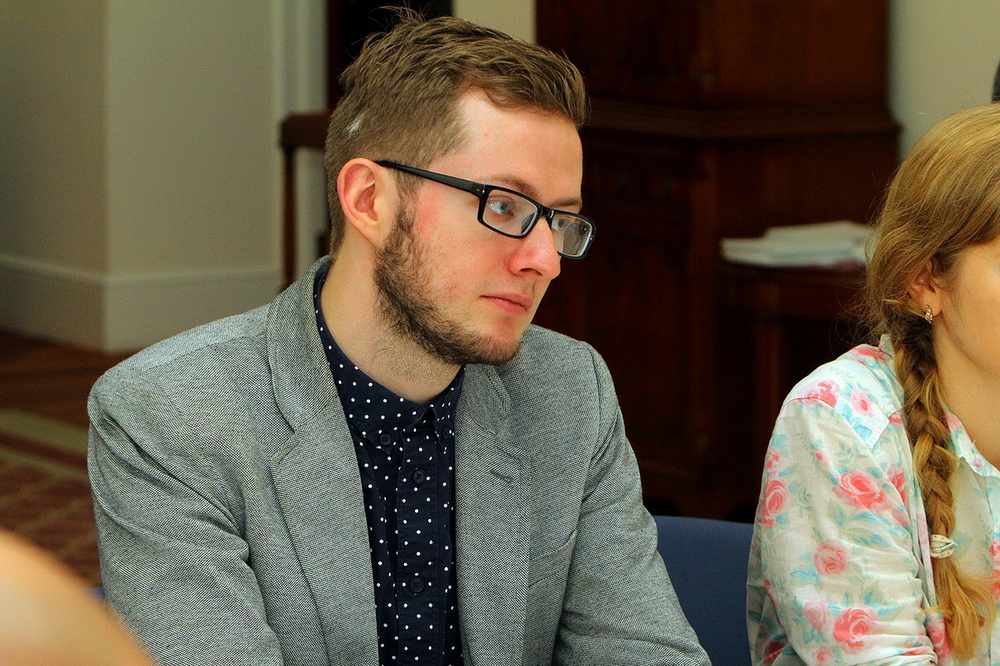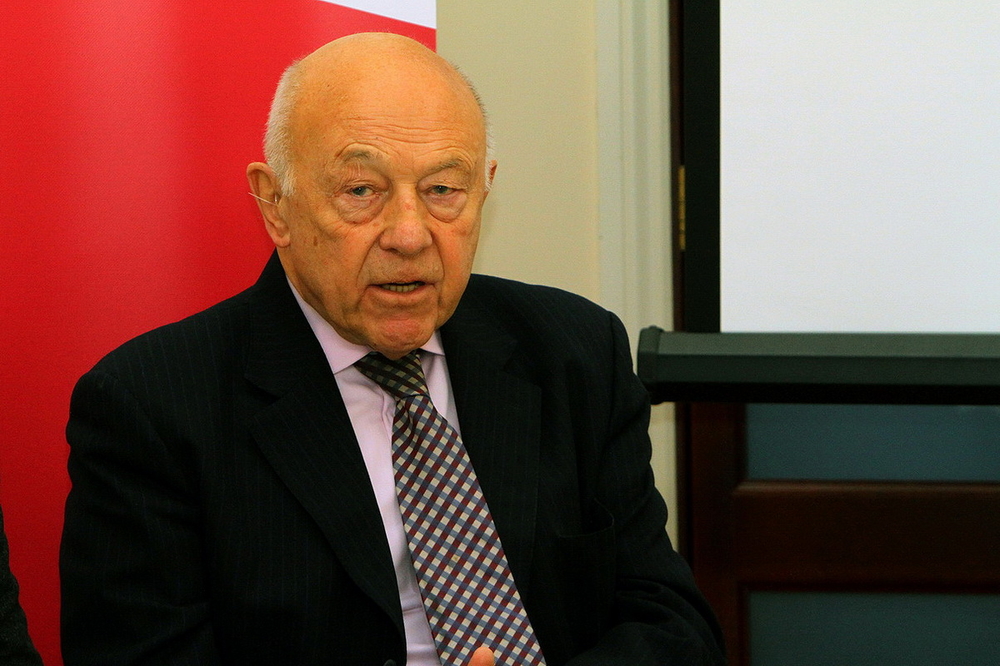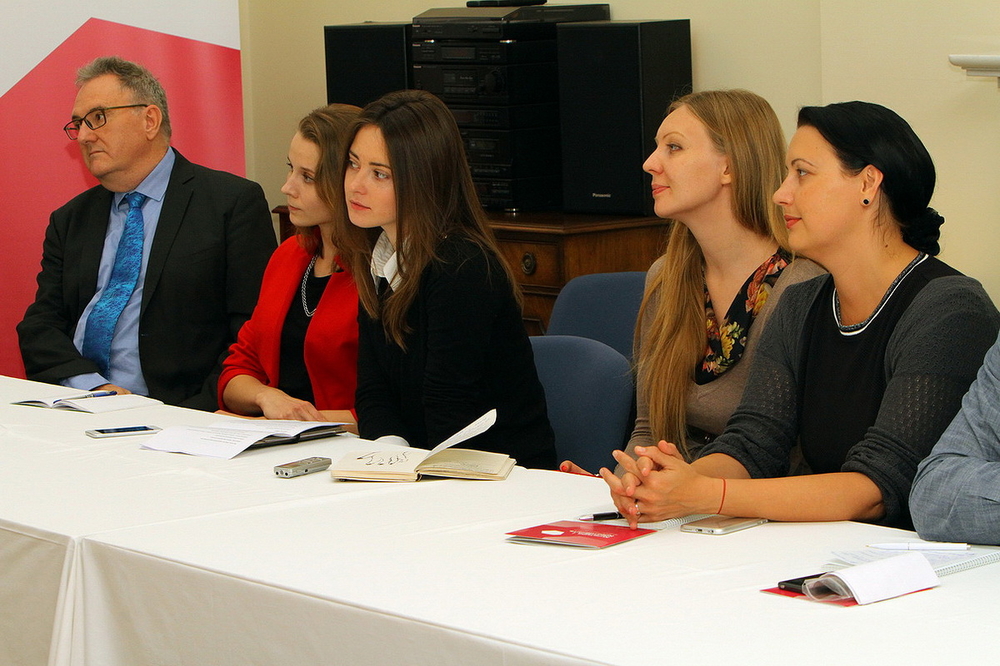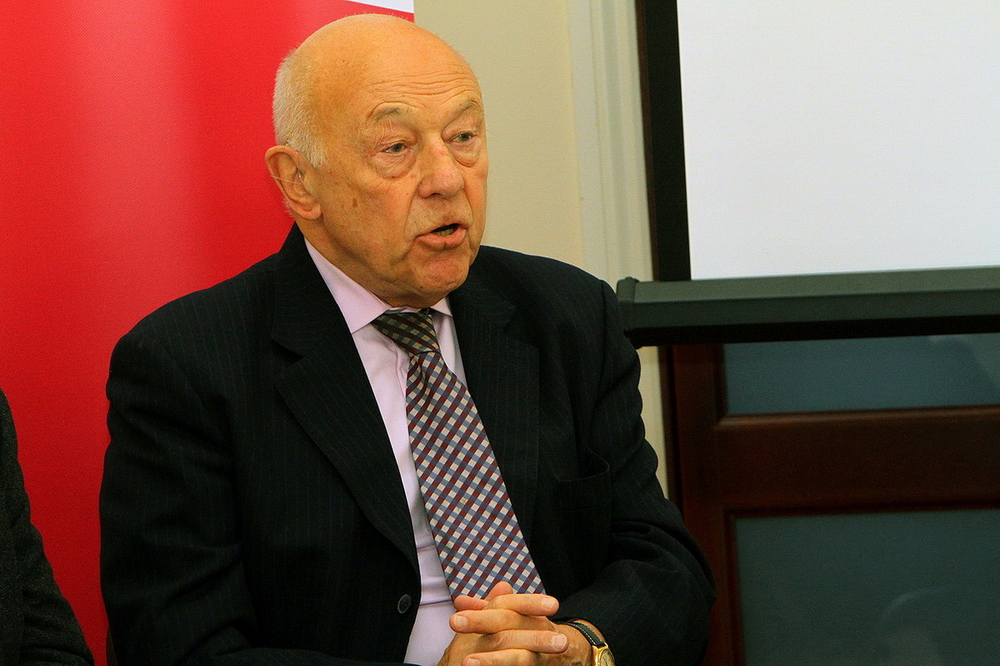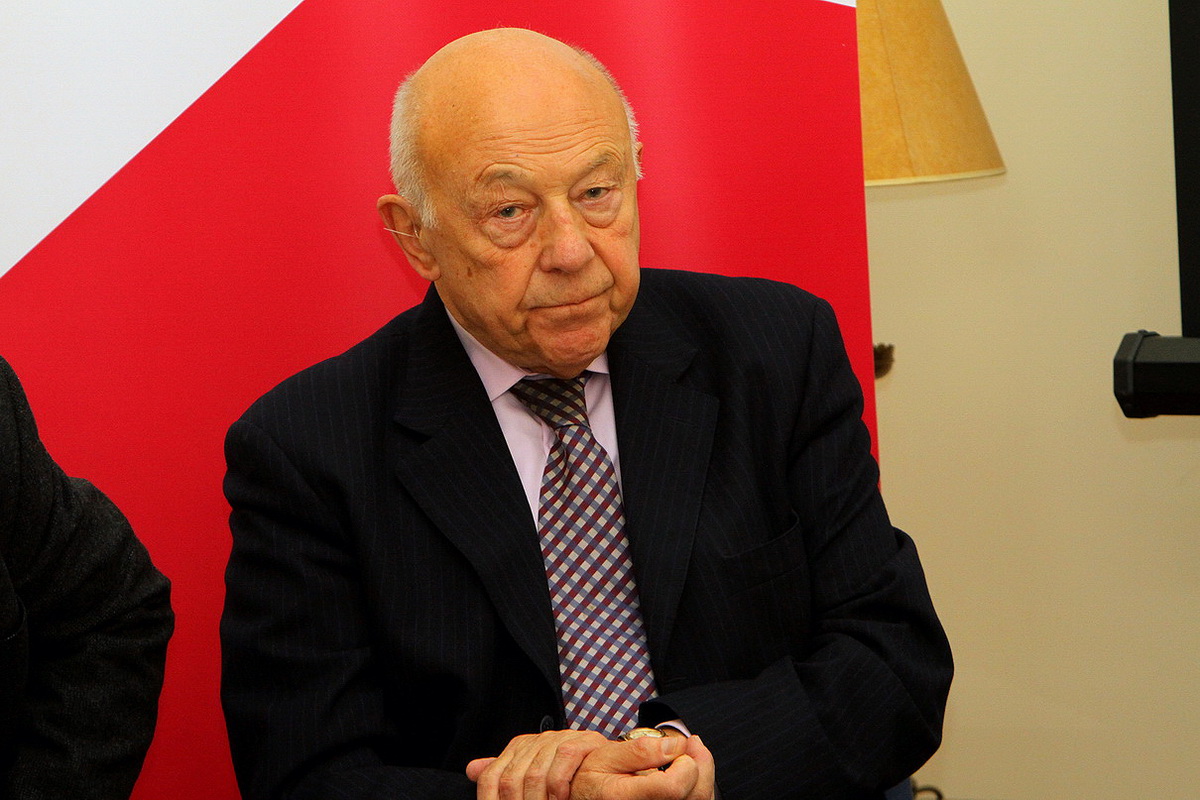
“Journalists are not cheerleaders in times of crisis”
-
“Journalists are not cheerleaders in times of crisis.”
“Journalists are not cheerleaders in times of crisis.” Thus responded BBC journalists to the government that tried to encourage them to use artificially favourable and propagandist rhetoric during the Falklands War. Appeals to patriotism have been employed by all the governments, but that undermines the quality of journalistic materials. Media should stick to impartiality and avoid influencing the audience in times of crisis.
-
Media coverage of culture and arts shapes the public discourse on a nation’s future.
Culture is about ideas and new thoughts, and media ought to reflect and report on new ideas and concepts. Media coverage should focus on presenting the ways society might change – not how it necessarily should or will change though. The media’s mission consists in contributing to the public discourse by presenting alternative answers to key questions of the day.
-
In times of crisis, culture and its media coverage gain more importance for the nation.
Media cover culture not for profit but because it is part and parcel of a nation’s life, and that should not become less important in times of crisis – quite the contrary. During World War II, British art and culture were widely represented in national media because that is exactly what the nation was about. Culture forms the essence of the nation and reveals to people who they are and what unites them, what the nation means, and why it is worth being a nation. Media should transmit these messages. Wars, elections, political scandals are happening within the context of culture – it is evolving despite any crises and will be the only thing left at the end of the day.
-
Engaging a broader audience in the cultural sphere may not happen very quickly and might never gain a real ‘mass’ following.
But the relevance of art and culture should be regularly brought to the public’s attention. This field produces a rich agenda for media coverage and is full of newsbreaks such as events, ideas, celebrities, originality, and scandal. From this perspective, culture journalism should not necessarily be serious or academic – it may be humourous and exciting – and public interest would gradually grow.
-
The culture editor’s main task is to remain open to original ideas.
Editors should be open to new ideas, should be receptive to original and even shocking thoughts and concepts. Editors should not only cover the past and be trapped in what is already widely known, but they have to be curious about the current developments and the future. See everything, hear everything, notice everything new and especially that which seems shocking – genuine curiosity and originality of the mind are the core features of the culture journalist.
-
Culture journalism should not be isolated as a separate category.
Almost every sector of journalism comes into contact with culture, art, and creative industries, and coverage of these fields can contribute to increasing the profits of many other industries. That is why deliberate distinguishing of the “culture journalists” from those writing, for instance, about economics or finance might diminish this positive effect.
-
Creative industries have impressive economic potential, but they can only be developed by individuals rather than the state.
In the UK and in Europe as a whole, the creative economy has been the sector with the fastest growing number of temporary jobs and the biggest employing capacities for the past 20 years. It consists of 13 industries: advertising, architecture, art and antiques market, craft, design, designer fashion, film, video games, music, performing arts, publishing, computer software, TV and radio. In the UK these create 8% of all jobs, 9% of the UK export, and 5% of GVA (77bn annually, and growing). Government can introduce additional incentives to support the creative economy, say, in the form of taxes. But it cannot create or direct the growth of the creative economy: only individuals can do it through “start-ups”.
-
The arts are the key element in the creative economy and they should remain independent.
Art is individualistic, spontaneous, innovative. It can neither be predicted nor externally guided or controlled. In the UK a so-called “arms-length policy” is applied to the arts and it stands for the government’s task being enabling and encouraging culture but not interfering in its development. For that the Arts Council England was created to collect and distribute money for cultural needs among relevant organisations that may then use them at their sole discretion.
-
Governmental support for culture can be gained with the help of media.
The attitude of the British or any other political elite towards culture hardly differs from that of the Ukrainian one. The British creative economy first started to gain support from politicians when they found out that it exists, that it brings in money, and that media pay attention to it. In the case of the creative economy, the government follows the initiatives of citizens, and media is one of the tools that can be used to stimulate support.
-
Journalists should take part in the dialogue with artists.
Journalists should not write complimentary things only. Neither ignorance nor condemnation but rather critical sympathy has really proven to be helpful in encouraging artists in their professional growth.
* The workshop was held in Kyiv on 10th November within the framework of the EU-Eastern Partnership Culture and Creativity Programme.



